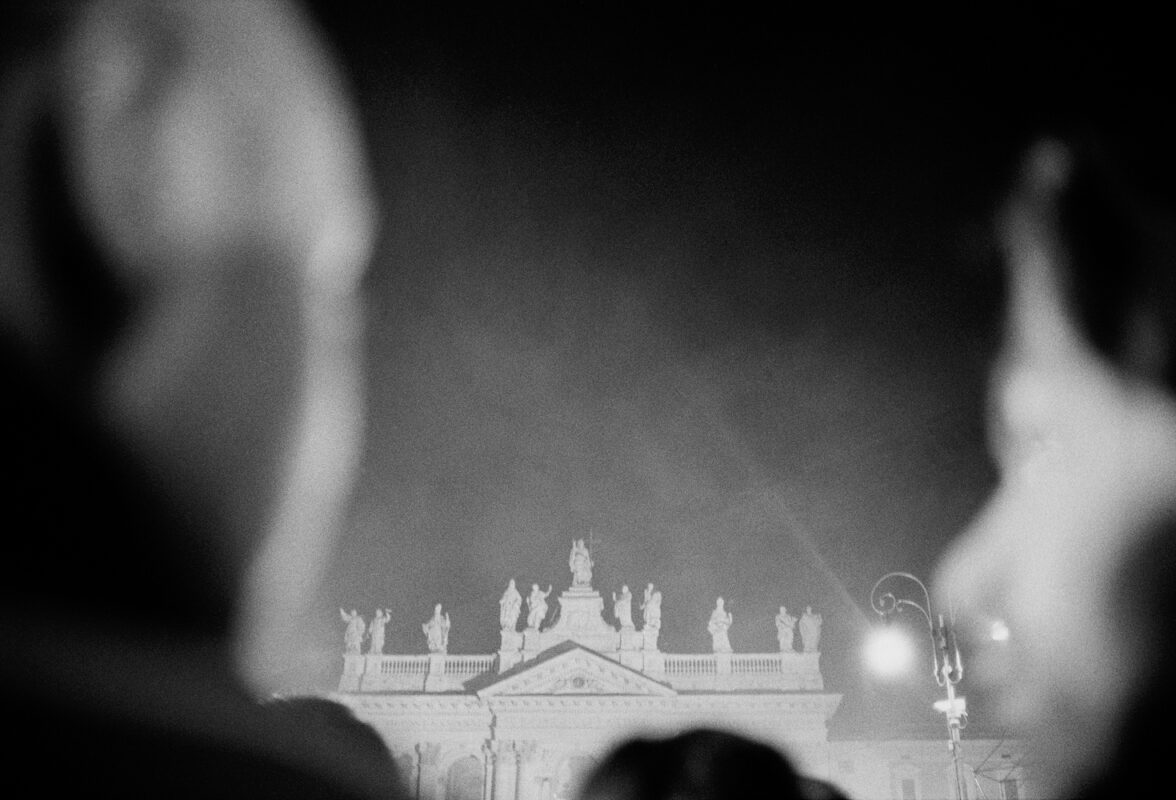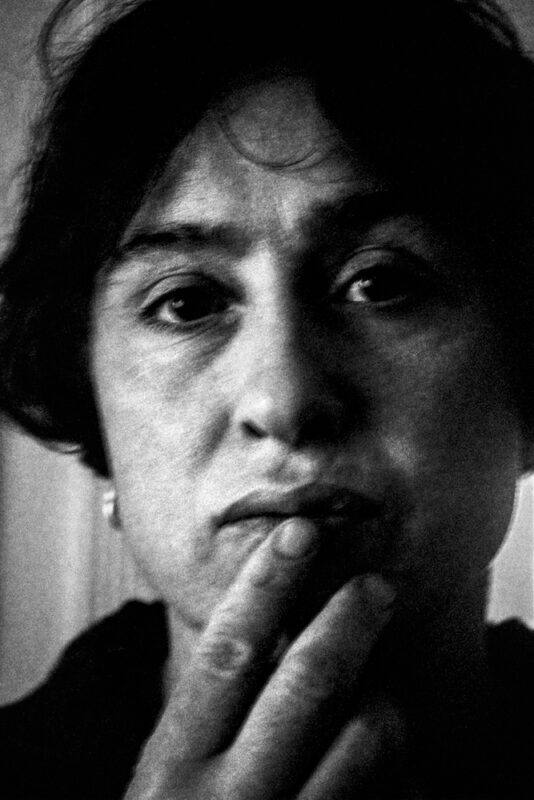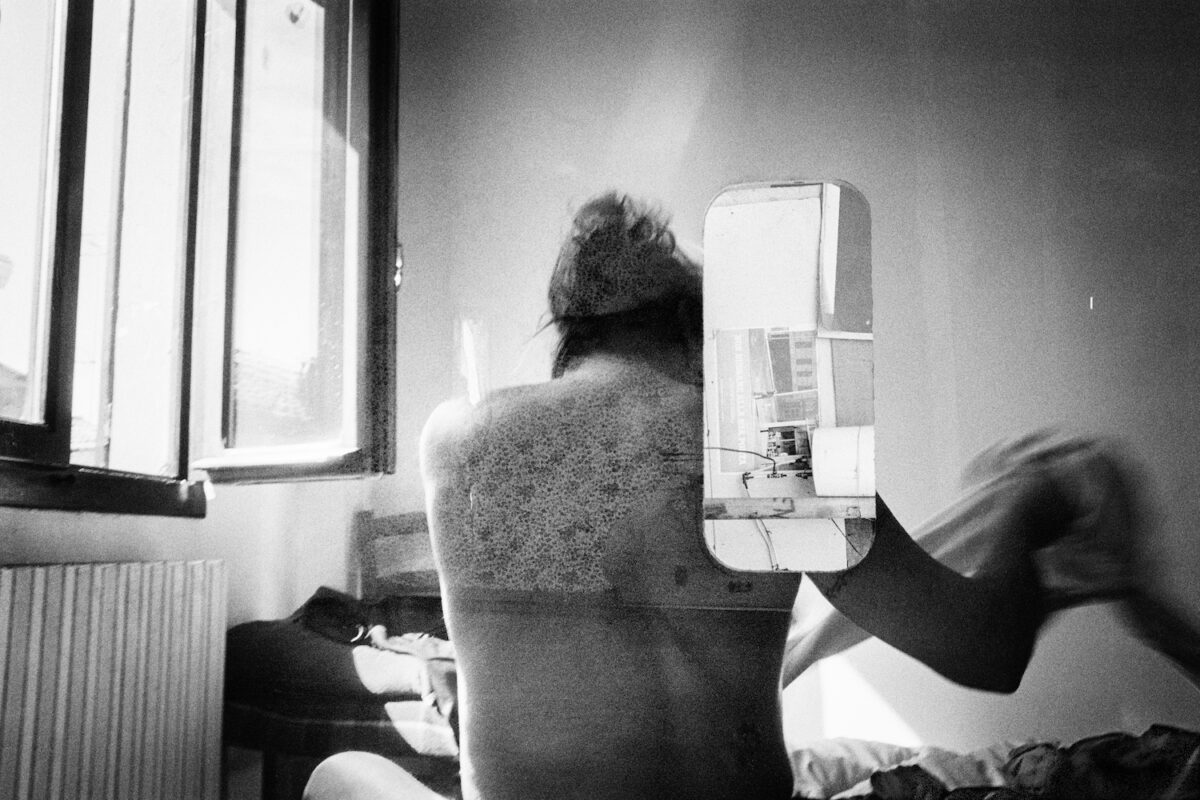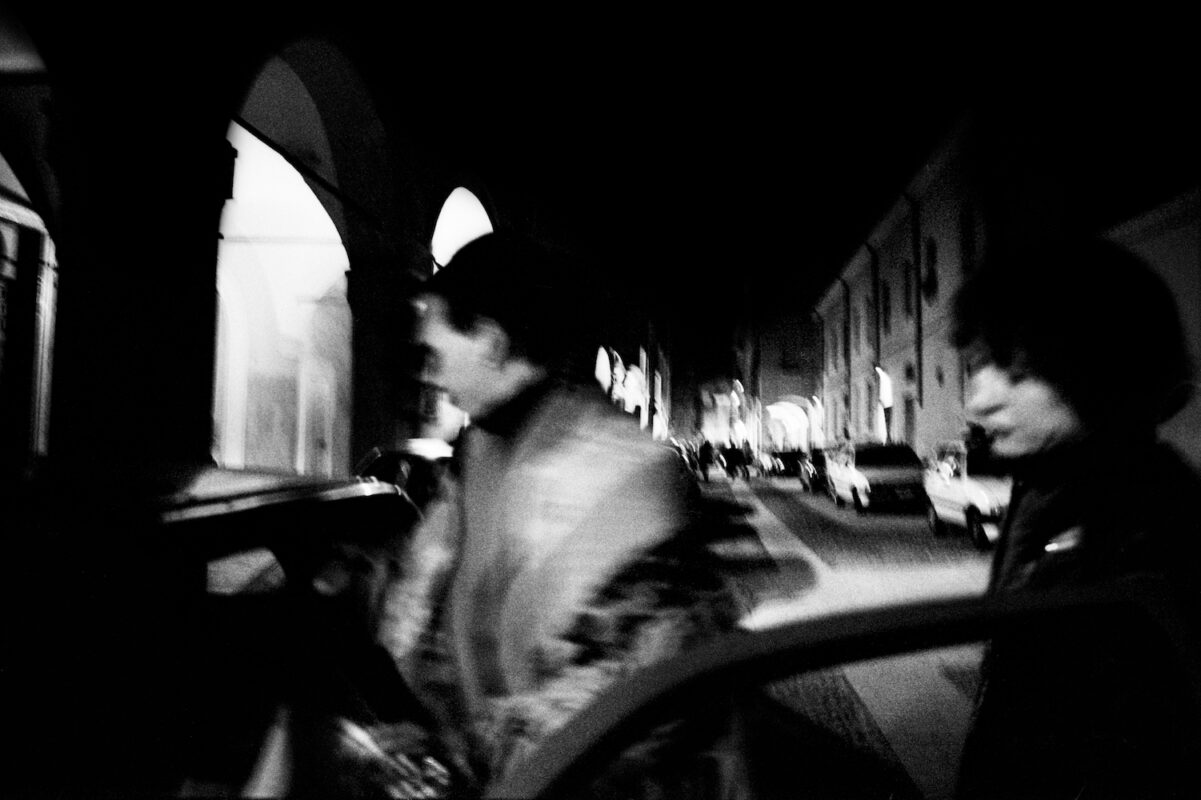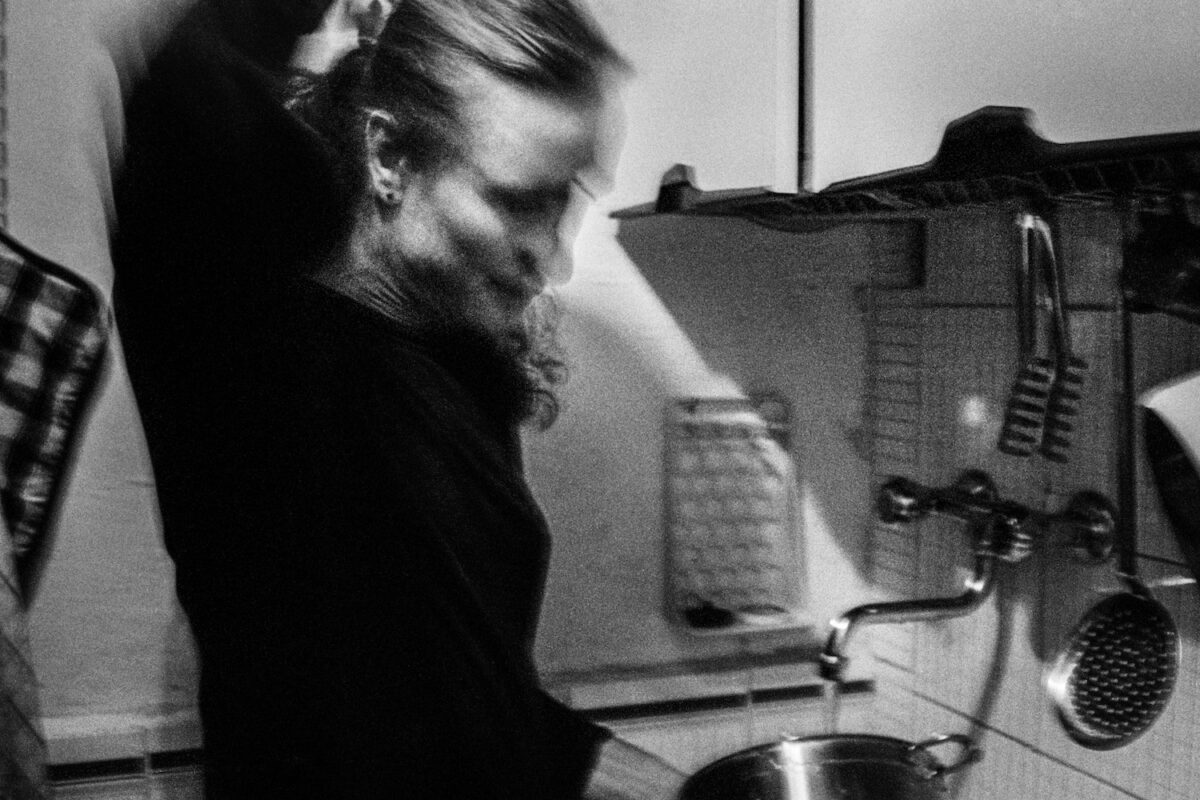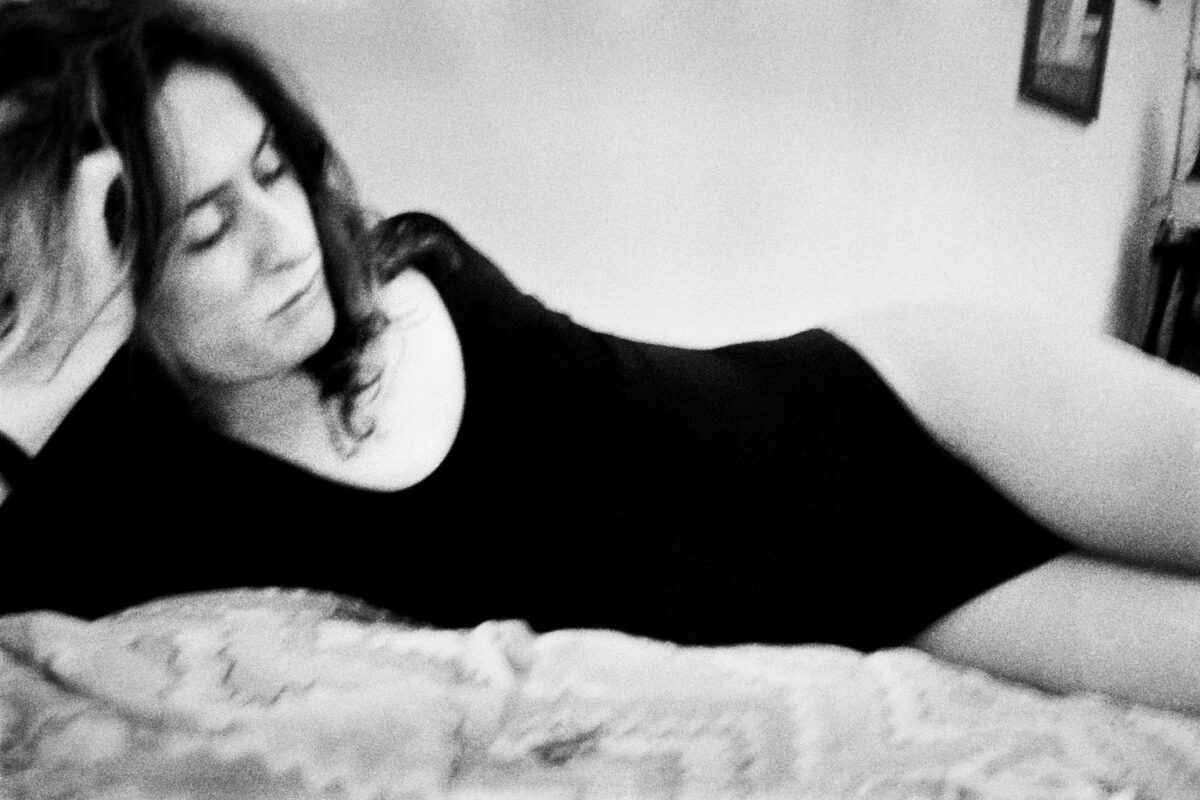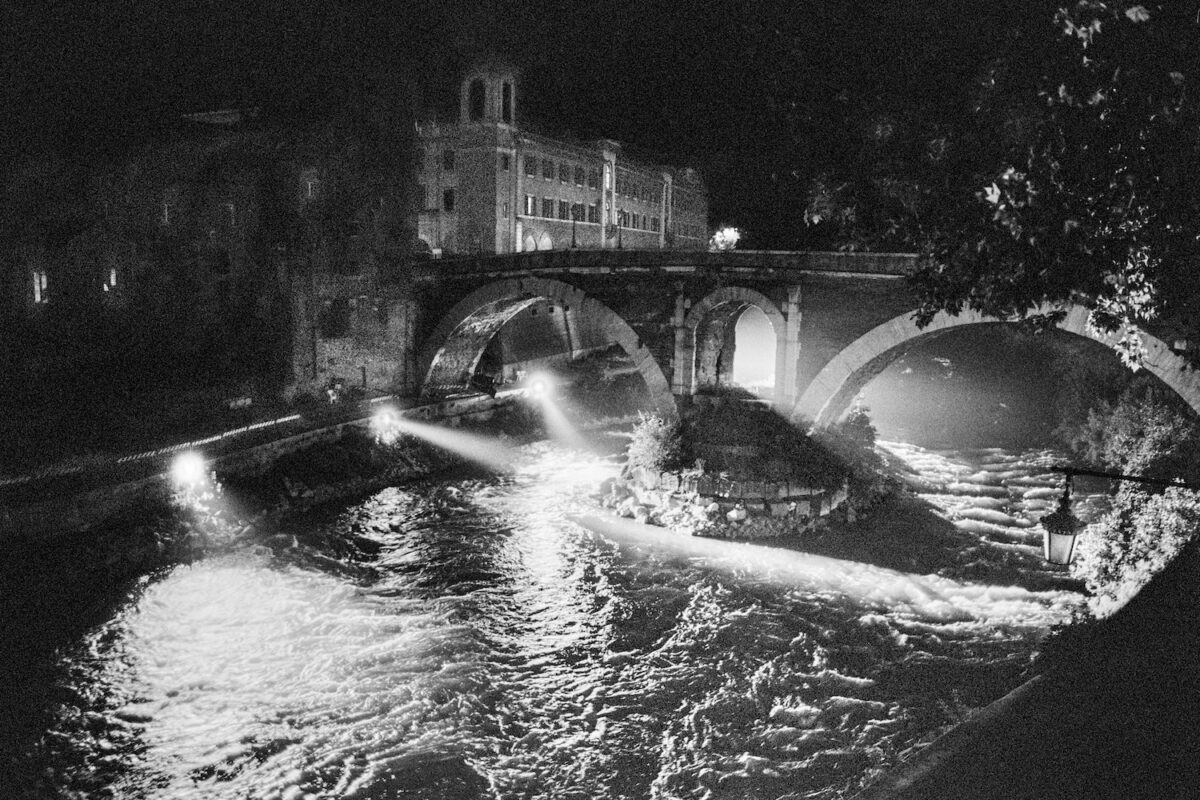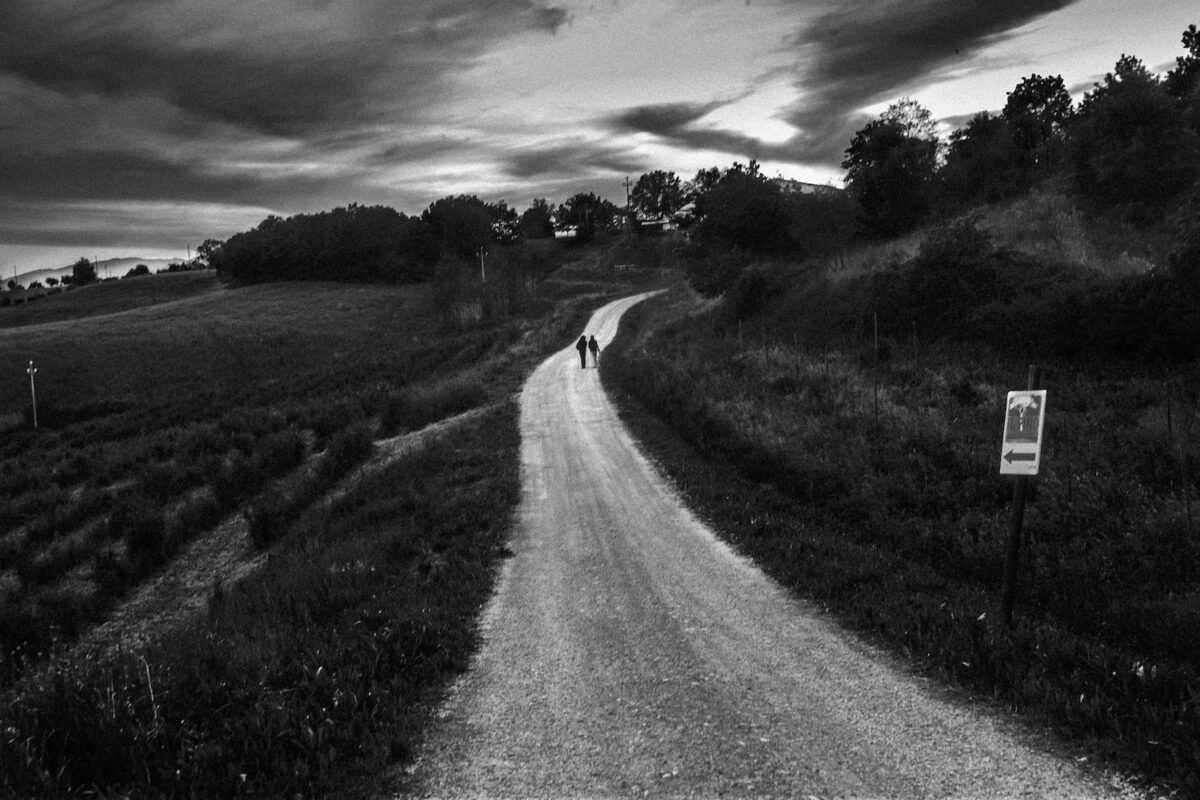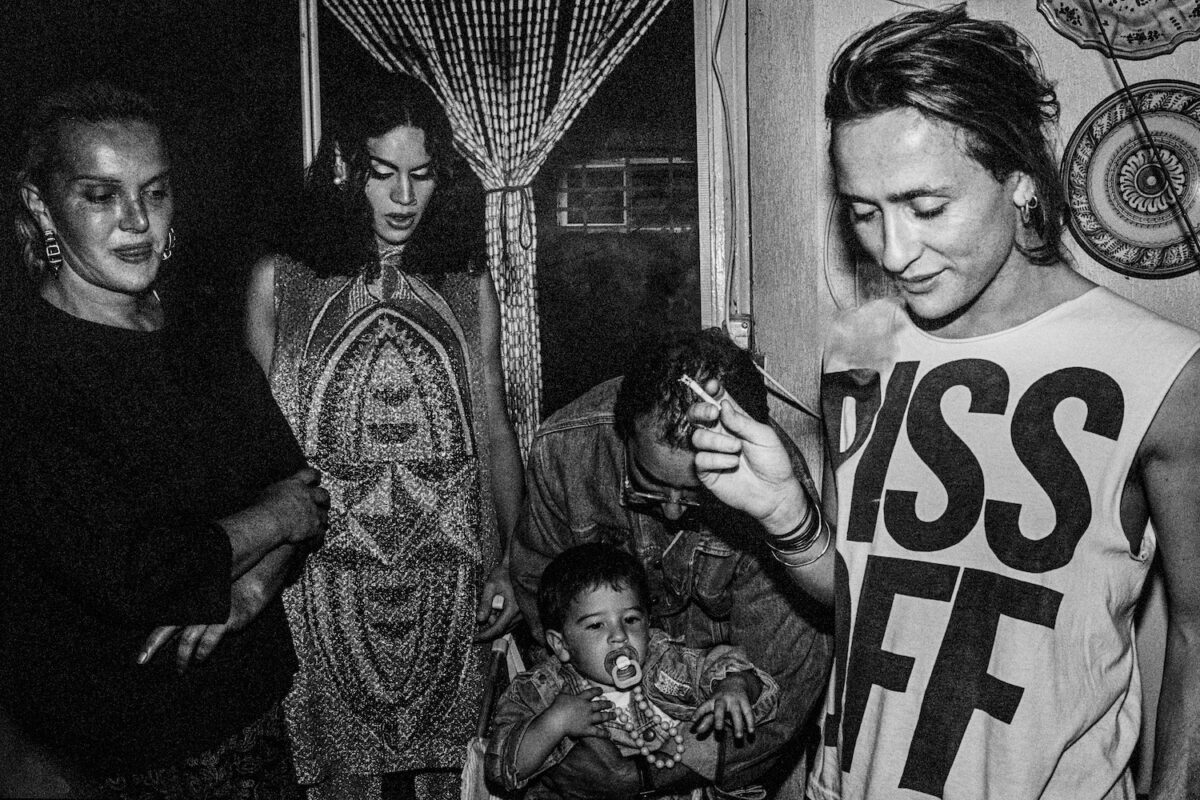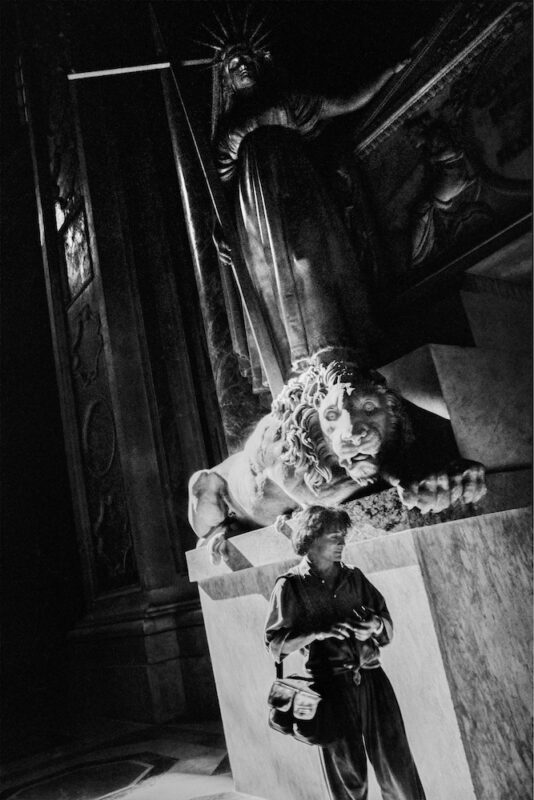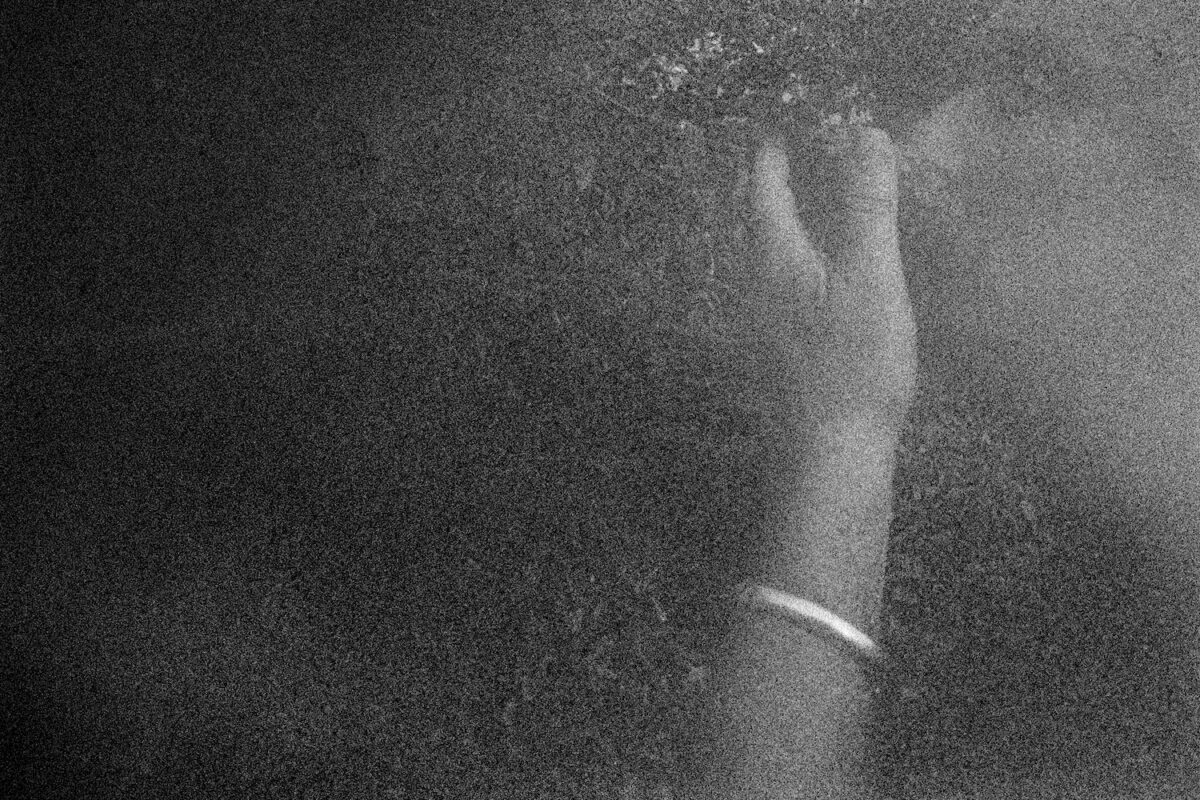Lina Pallotta
Porpora
Book review by Mariacarla Molè
An exhibition at Centro Pecci in Prato, Italy, and accompanying book published by Nero brings together nearly three decades of work from Lina Pallotta centred on the artist’s friendship with Italian trans activist Porpora Marcasciano. What emerges is a family album shaped by alliances, complicit looks and shared visions; a newfound space of fabulousness, writes Mariacarla Molè.
Mariacarla Molè | Book review | 18 Sept 2023
“Among the roses and the violets” is the title of a nursery rhyme that little girls used to sing whilst playing “Ring a Ring o’ Roses” in kindergarten. A sweet image that turns bitter in Porpora Marcasciano’s memory of a little child rebuked by nuns, mocked by other children for being a little boy in the circle of girls and thus forced to sing alone and dream in the privacy of the bedroom. And among the roses and the violets seems to have bloomed the lilies, such as in the first image of Porpora by Nero, a project that collects black-and-white analogue photographs that Lina Pallotta has taken of the Italian trans activist Porpora Marcasciano between 1990 and 2018, with text contributions by Porpora herself, Kae Tempest, Raffaella Perna and Allen Frame. The story’s flow slowly reveals her face, and, before it is fully disclosed, identifies a barely hidden profile, some home interiors and the apostles on top of the Church of San Giovanni Laterano in Rome, one of the cities in which the friendship between Porpora and Pallotta emerged. It has been nourished by revolutionary dreams, irreparable losses, class consciousness and euphoria.
Porpora lived in Rome for 17 years but founded, in 1979, the first gay collective Il narciso in Bologna, where she contributed to the birth of the movement Movimento Identità Trans (MIT), of which she is now president. In New York, where Pallotta went to study at the International Center of Photography (ICP) and lived for many years, she had many visits from Marcasciano, as well as in San Bartolomeo in Galdo (Porpora’s hometown), and in San Salvatore Telesino (Pallotta’s hometown), both in the same southern Italian province of Benevento in the Campania region. It is the geography of a history of activism, of a life, of a friendship told through images without following a chronological order. It’s a story with a slow and recessed beginning, that narrates a material presence, a tenacious presence, proving an existence, even in the flowers, reflected in other people, in the empty streets, in Rome’s 2011 Europride crowd, in the flooding Tiber River and in the wide landscapes of Benevento. We see Porpora blurred in the foreground, looking at the camera, looking elsewhere, melancholy and barely visible in the grainy dark. The darkness and grittiness of the photographs, exalted by the porosity of paper, are due to the missed use of the flash and of the long exposure, in order to capture the movement in the images.
In Pallotta’s photographs, there’s nothing it is not in reality, no composition, no additional light, no static objects. Indeed, Pallotta places an absolute identity between the image and the movement, with the intention of catching the eternal and incessant modulation of a reality that changes infinitely. Images are restless, considered as parts of the eternal march of time. The photographs thus are dirty, grainy and chaotic because reality is dirty, grainy and chaotic. And any form of overlapping images is not an effect of post-production but the result of errors, unforeseen events with the camera that have been accepted within an artistic practice, as they were parts of reality. That is the case with two photographs taken in Bologna in 2015. In the first, Porpora is in the centre of the frame, and nearby her right shoulder seems to have opened a window onto another view, with another light, orientation and subject. In the second, even more chaotic, it is possible to identify an overlapping vehicle, one issue of Babilonia on the ledge – one of the most important gay Italian periodicals – a window, Porpora sitting in front a little mirror that looks like a little inflatable pool, some branches or maybe just their shadows, some clouds or maybe just their reflection. What emerges is how Pallota’s cinematographic approach is able to move things from their statis and return them to their multifaceted reality precisely by virtue of the camera.
Pallota manages to show the artificiality of the static nature of the subject-object relationship and transform it into something closer and intimate. At this level, it is not even possible to speak of “portraits”, “intimate shots” or “engaged photographs” because it is as if everything were a world of universal variation, universal undulation, universal lapping: there is no genre, no themes, no chronology, no beginning, middle nor end, and, in turn, no chance at all of nostalgia. It is a story that does not have a privileged point of view, which seems to have come from behind the scenes; a story sometimes opaque which gradually opens up to welcome other people inside, such as loved ones, friends, activists – and above all Marcella Di Folco, the Italian gay rights activist, actor and politician. The public dimension then spreads in the book session dedicated to the material archive linked to the history of the LGBTQ+ Movement, in the same spirit in which Porpora collects oral sources and documentation for the reconstruction of a trans story. A book that has only a name on the cover, Porpora, cannot tell a story by the voice of a single narrator, not even that of a long-lasting friend such as Pallotta. In the last photograph, indeed, the only one taken by a common friend on a rooftop in New York in 1996, we see Lina and Porpora very close to each other. Lina is looking straight into the camera with her head on Porpora’s shoulder who, in turn, points a camera at the lens and seems to look us through the camera lens, making us part of the story.
This idea extends to the exhibition at Centro Pecci, Prato, Italy, Volevo vedermi negli occhi, the first solo exhibition in an Italian public institution of Pallotta, curated by Michele Bertolino and Elena Magini: the desire to see yourself reflected in others’ eyes, and again we are part of a story that can only be multiple beginnings, multiple points, multiple times. In the curved and organic space of Pecci, Porpora’s photographs progressively unveil the material presence of the photograph. The large format prints placed on the floor supporting one another, together with the small format ones hanging on the wall, create multiple paths and different readings. The exhibition is thus palindromic, the idea behind it being the loss of a privileged perspective, moving the only way forward. Owing to the fact that movement is the core of Pallotta’s photography, whilst in Porpora’s experience trans is meant as moving, in transit, releasing the tension between the two poles of the gender binarism. Freestanding photographs are witnesses of a life of militancy which has gone through attempts of removal and the research of a vocabulary, to reclaim their own existence, but also through what Porpora calls “fabulousness”. One image in particular seems to contain all this richness, the one taken in Rome in 2011 in which Porpora is behind the glass putting up a poster of Divergenti, an international festival of trans cinema, conceived by MIT in Bologna. Reflected in the glass vehicles and palaces, the flowing city, beyond the glass, Porpora’s face is looking down, focused on what hands do: to project her vision on the entire city. That is an image of one of many little moments travelling in the stubborn direction to create other worlds, other visions, and not only in terms of cinema.
It is almost impossible to give an univocal interpretation to Pallotta’s photographic narrative of Porpora, as much as it is difficult to give a definitive reading to the scenes taken by her. Some will read this path as a diary of a collective body. Others will see in it a single story of a single person. I prefer to read it as a family album, a family shaped by alliances, complicit looks and shared visions, a family meant as a newfound space of fabulousness. ♦
All images courtesy the artist, Nero and Centro Pecci, Prato, Italy © Lina Pallotta
Porpora is published by Nero. Volevo Vedermi negli occhi runs at Centro Pecci, Prato, Italy, until 15 October 2023.
—
Mariacarla Molè is an art writer based in Turin.
Images:
1-Lina Pallotta, Piazza San Giovanni, Roma, Europride, 2011.
2-Lina Pallotta, San Salvatore Telesino, 2000
3-Lina Pallotta, Bologna, 2015
4-Lina Pallotta, Porpora and Valerie, 1994
5-Lina Pallotta, Roma, 1990
6-Lina Pallotta, New York, 1993
7-Lina Pallotta, Roma, Tevere, 1996
8-Lina Pallotta, Terranova Bracciolini, 2008
9-Lina Pallotta, Porpora, Roberta and Lucrezia, 1990
10-Lina Pallotta, Roma, Cattedrale di San Pietro, 1996
11-Lina Pallotta, San Bartolomeo in Galdo, 2018

